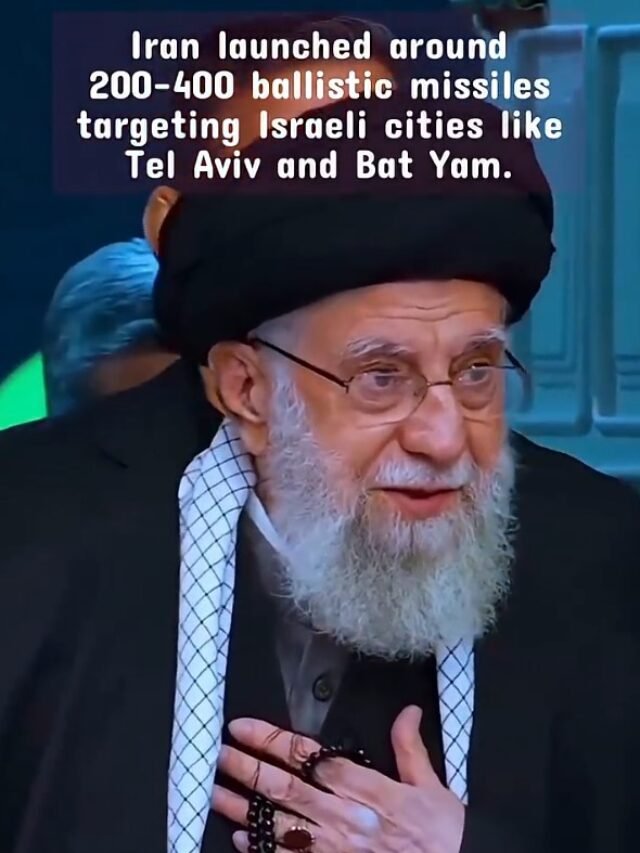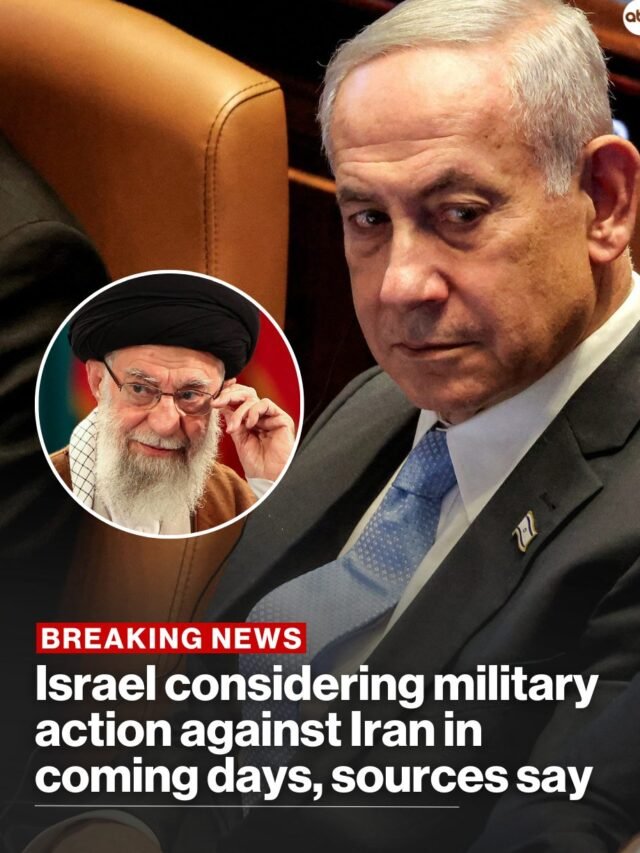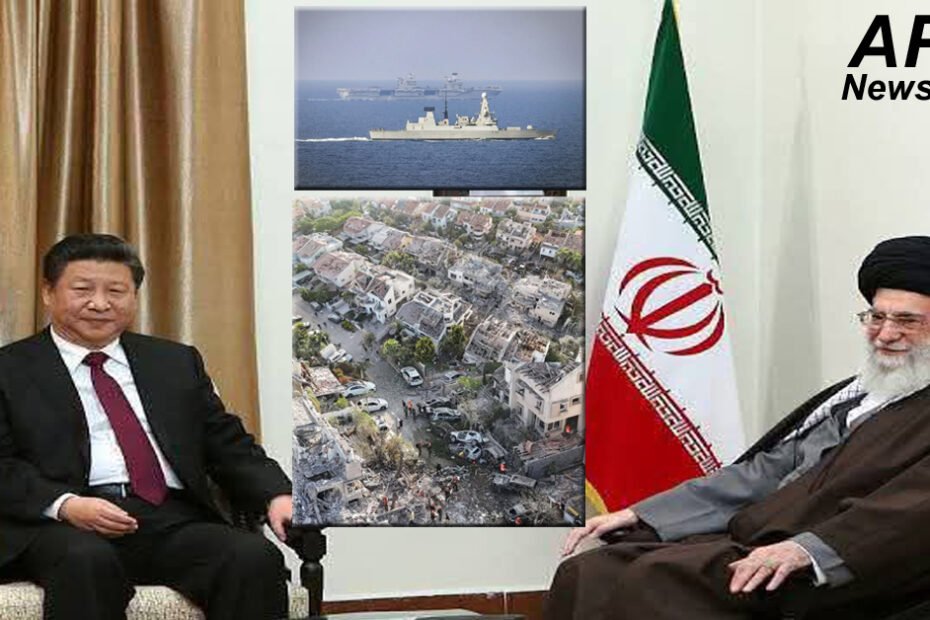Iran v/s israel war
Iran Israel War Latest Updates 2025: Missile Strikes, Retaliation, and Global Response
The Iran Israel War 2025 has reached a critical and dangerous phase, drawing global attention and concern. With deadly missile strikes, retaliatory air raids, and mounting casualties, the ongoing conflict threatens not just the two nations involved but the stability of the entire Middle East region.
In this detailed report, we bring you the latest updates on the Iran-Israel war, key attacks, casualties, and international reactions as the world calls for urgent de-escalation.
Iran’s Massive Missile Strikes on Israel
On June 20, 2025, Iran launched a fierce missile offensive targeting southern Israel. According to military reports, Iran’s missiles struck several civilian areas, including residential zones and critical infrastructures. The city of Beersheba bore the brunt of the attack. One of the main hospitals in the region sustained heavy damage, causing panic among patients and healthcare staff.
The Iranian missile barrage injured over 240 people, with dozens in critical condition. Despite Israel’s Iron Dome defense system intercepting many missiles, several managed to breach defenses, striking populated areas and causing widespread destruction. Emergency response teams are working round the clock to rescue trapped civilians and restore damaged medical services.

Israel’s Retaliation: Precision Airstrikes on Iranian Military and Nuclear Sites
Israel wasted no time in responding. Within hours, the Israeli Air Force launched a series of high-precision airstrikes targeting key Iranian military and nuclear facilities. Among the major sites hit were the Arak heavy water reactor and the Natanz uranium enrichment facility, both central to Iran’s nuclear program.
Reports suggest that the Israeli strikes resulted in the death of over 600 individuals, including military personnel, scientists, and technical staff. The attacks caused severe damage to Iran’s nuclear infrastructure, setting back its nuclear ambitions significantly, according to Israeli military sources.
However, the strikes also resulted in collateral damage. Civilian areas near the military installations were affected, causing additional casualties and destruction of property.
Missile Strikes and Civilian Casualties on Both Sides
The ongoing exchange has led to significant loss of life and destruction on both sides. Iran’s missile strikes targeted not only military sites but also hospitals, schools, and homes, leading to a humanitarian crisis in parts of southern Israel. Power outages, fuel shortages, and overwhelmed medical facilities have deepened the crisis.
Israel’s air raids, although primarily focused on military targets, have also impacted civilian zones, especially in areas where military facilities are located close to residential neighborhoods. Images and videos circulating on social media show large plumes of smoke rising from bombed-out sites and civilians fleeing in panic.

Global Reactions and Calls for Restraint
The international community has reacted with alarm to the escalation. The United States, under President Trump’s leadership, is closely monitoring the situation. The administration has announced that a decision on possible military involvement will be made within two weeks. This delay has triggered heated debates within the U.S., with some officials pushing for immediate support for Israel, while others advocate for diplomatic engagement.
European powers—Germany, the UK, and France—have launched emergency diplomatic efforts, urging both sides to cease hostilities. Iran’s Foreign Minister, Abbas Araghchi, is scheduled to meet with European leaders in Geneva to explore the possibility of peace talks. These meetings are seen as critical to preventing a broader regional war.
Meanwhile, Russia and China have strongly condemned Israel’s airstrikes, calling them disproportionate. Both nations have urged for immediate dialogue and have expressed readiness to assist in peace negotiations.

Conclusion: The World Holds Its Breath
The Iran Israel War 2025 has entered a highly volatile stage, with no clear end in sight. The next few days will be decisive in determining whether diplomacy can triumph over destruction. The world watches anxiously, hoping that dialogue will replace missiles and bombs, and that peace will return to the troubled region.
As developments continue, all eyes remain on the leaders of both nations—and on the international community—to see whether they can pull the world back from the brink of a wider war.











Pingback: Page Not Found » APR News